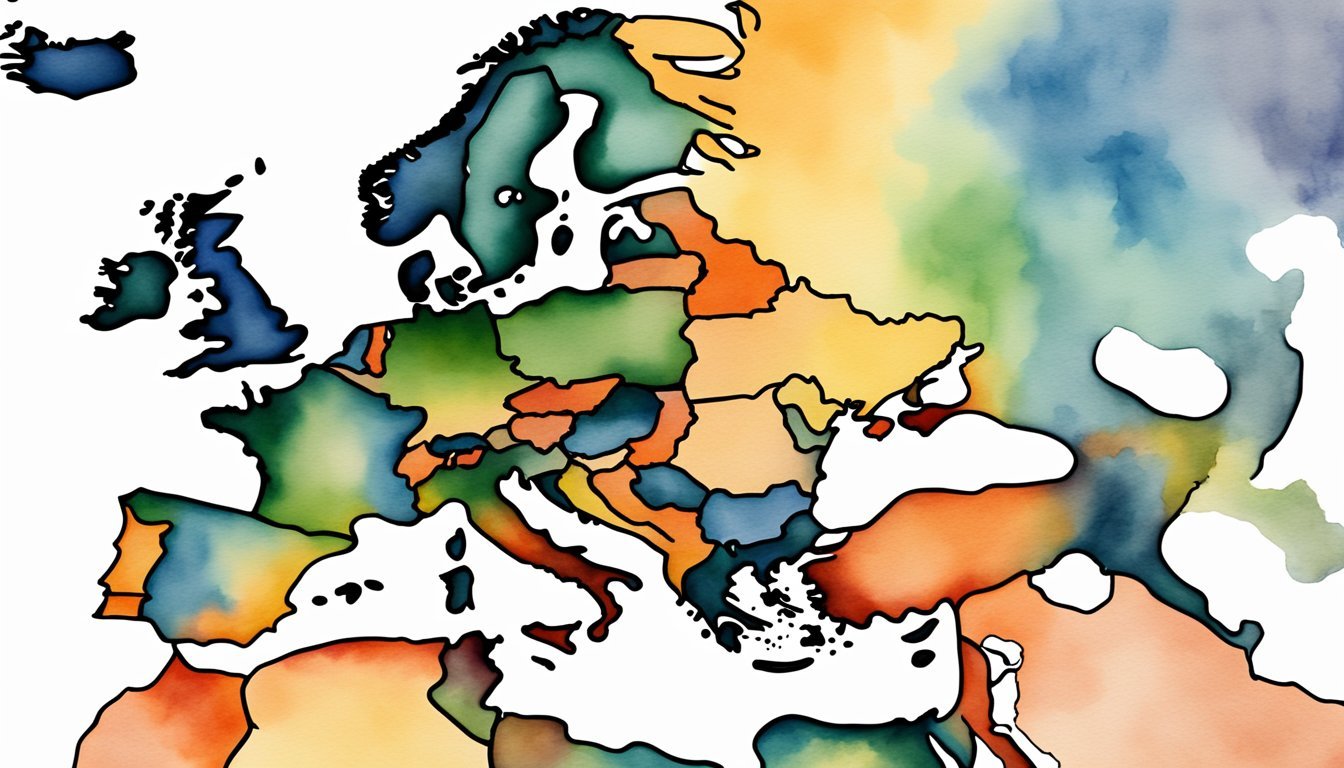Global Overview

Population Trends
According to the United Nations World Population Prospects, the current global population is around 8.08 billion people, with an annual growth rate of 0.9%. India, China, and the United States are some of the most populous countries, while Brazil and Nigeria are also experiencing significant population growth.
Economic Profile
Across the world, countries exhibit a wide range of economic development. While countries like the United States, China, and Russia have dominant roles in the global economy, others are still developing and working to improve their economic standing.
Different countries have diverse industry specializations, such as manufacturing and technology in China and the United States, natural resource extraction in Russia and Brazil, and a strong service sector in India.
Political Structures
Political systems differ immensely from country to country. Democratic forms of government, like those in the United States and India, allow their citizens the opportunity to vote and participate in the political process. In contrast, China has a one-party system under the Communist Party of China, while Russia maintains a hybrid system with both democratic and authoritarian elements.
Geographical Diversity
The world is home to a vast array of geographical landscapes, illustrated by the variety of climates and ecosystems found across different countries. From the boreal forests of Russia and the Amazon Rainforest in Brazil to the diverse wildlife in Africa and the rich cultural heritage of India, our planet showcases the triumphs and vulnerabilities of mother nature.
Countries also possess distinctive artistic traditions, often deeply intertwined with their history and cultural values. Art serves as a window into the collective experiences of people from around the world, transcending borders and connecting us all through a shared appreciation of beauty and creativity.
Country-Specific Insights

Countries in Focus
Let’s take a closer look at some countries around the world and gain insights into their unique characteristics.
-
Australia: Ranked 8th in the Human Development Index (HDI) in 2022, Australia is known for its diverse wildlife and vast landscapes. It is the 6th largest country in the world by land area while having a relatively small population compared to its size.
-
Canada: With an HDI value of 0.940 in 2022, Canada ranks 17th among countries in terms of human development. Known for its peaceful reputation, Canada is the second-largest country in the world and has a significant tourism industry thanks to its beautiful landscapes and multicultural cities.
-
France: Being the most visited country in the world with 90 million tourists annually and a major player in global politics, France is recognized for its rich culture, history, and cuisine. Ranked 24th in the HDI, France continues to have a strong influence on international relations.
Cultural Highlights
Measuring and comparing cultural dimensions can provide a unique perspective on the values embraced by different societies. According to Hofstede’s Country Comparison Graphs, we can identify key cultural aspects for several countries:
-
Japan: The Japanese culture is characterized by a high uncertainty avoidance index, reflecting their strong need for rules and structured environments. They also score high in long-term orientation, focusing on future rewards and perseverance.
-
Netherlands: Dutch society stands out for its low power distance index, indicating that people in the Netherlands generally accept a more equal distribution of power. They also have a high individualism index, which shows the importance of personal freedom and self-expression in Dutch culture.
-
Saudi Arabia: The culture of Saudi Arabia is marked by a high power distance index, reflecting the acceptance of hierarchical order and unequal power distribution. This reflects a significant influence of traditional values and norms on Saudi Arabian society.
Notable International Relations
Global politics is ever-evolving, and some countries have particularly interesting international dynamics:
-
United Kingdom: With the Brexit referendum in 2016, the United Kingdom decided to leave the European Union, leading to significant shifts in its international relations. As a permanent member of the United Nations Security Council, the UK continues to play a crucial role in global politics.
-
South Africa: As the most industrialized country on the African continent, South Africa has been at the forefront of diplomatic efforts in the region. It has played an essential part in the African Union and actively participates in the Southern African Development Community (SADC).
-
Nigeria: Boasting Africa’s largest economy and population, Nigeria is an influential player in West Africa. It cooperates with organizations like the Economic Community of West African States (ECOWAS) to promote economic integration and political stability in the region.

